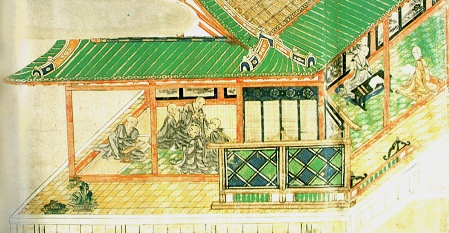
JAPAN -- THE PORTRAYALS
This Page Last Updated March 16, 2025
|
The images presented here are done so in the interests of education.
The footnote numbers below the images correspond to the appropriate footnotes
on the text pages where the full image is described. Those footnotes
not included here belong to images which either are too small to do justice
to the subject or have not yet been gotten. Please note that as most
of the portrayals depict these magical miniature landscapes as part of
a larger human scene, the images cannot always be completely separated
from the surrounding figures or background. An "*" indicates that
the color version of the image is still to be gotten from the source document.
* If it wasn't an actual magical miniature landscape being depicted, what was the artist's inspiration and experience with, and what was being symbolized besides, for example, good taste and breeding? * Did the plants originally come from mountain, forest, field, or garden? * When and where were the rocks collected and when were they wed to the plants? * How long was the composition in that particular container? * How long had the composition been so assembled, and how much longer after the portrayal did it or its components survive? * Are any genetic descendants from cuttings, etc. of any of these plants here still extant either as dwarf potted plants or landscape specimens? * How many owners did each of these have? * Were there any other compositions by any of these designers or owners which were noteworthy or celebrated? |

|
| Saigyo Monogatari Emaki (detail) [1] |
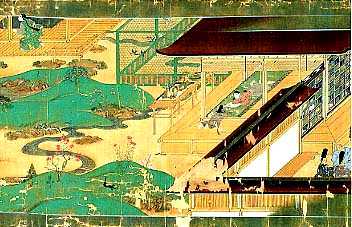
|
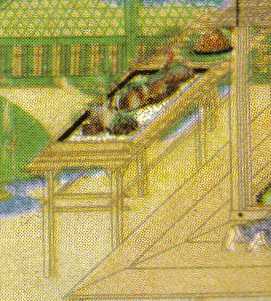
|
|
Kasuga-gongen-genki
[4]
|
Kasuga-gongen-genki
(detail) [4]
|
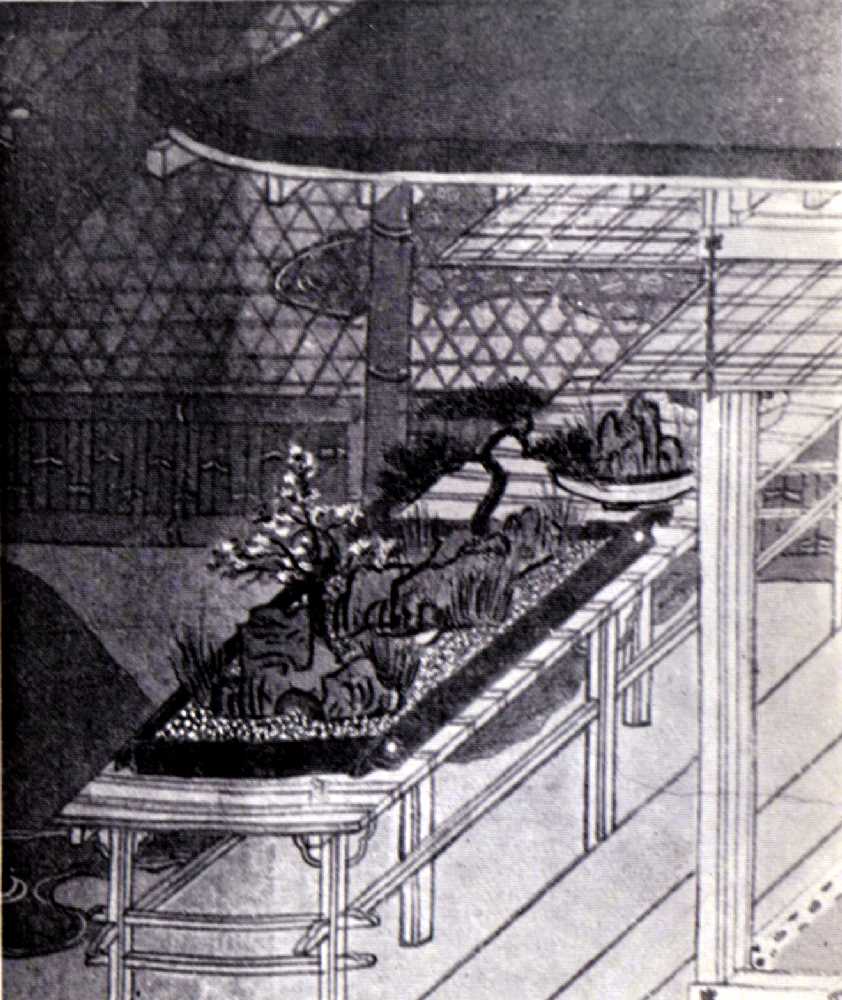
|
| Kasuga-gongen-genki (detail) [4] |
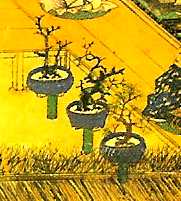
|
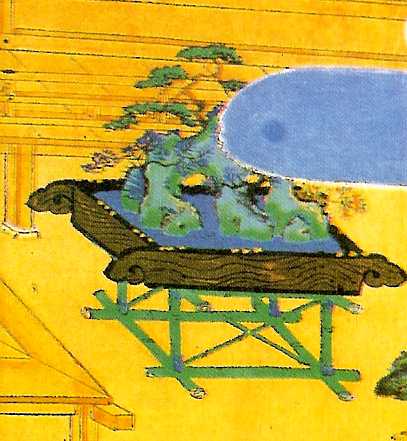
|
|
||
|
Boki Ekotoba, 1351 [6]
|
Boki Ekotoba, 1351 [6] | Boki Ekotoba, 1351 [6] |

|
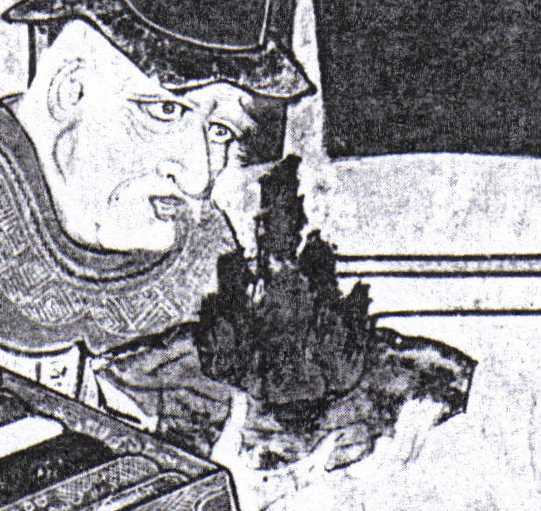
|
|
Painting from 1480 [7]
|
Portuguese in Japan, 16th century [9] |
|
|
|

|
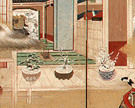
|
|
|
|
|
|
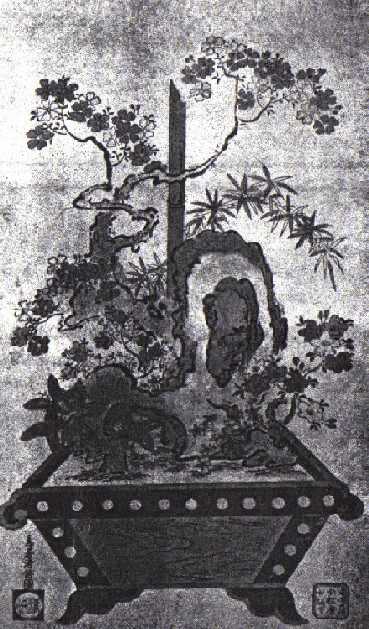
|
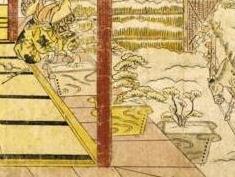
|
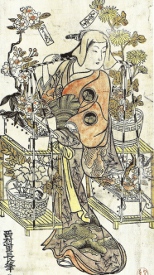
|
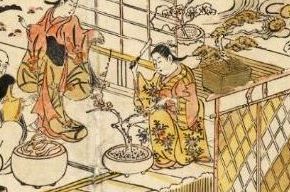
|
|
|
|
|
|
|
|
|
|
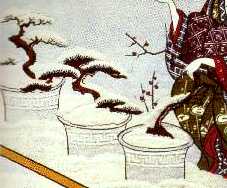
|
|
|
|
|
|
|
|
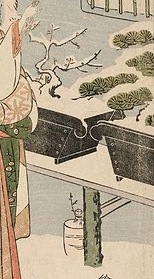
|

|
|
|
|
See also |
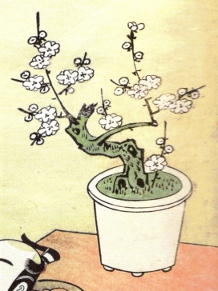
|
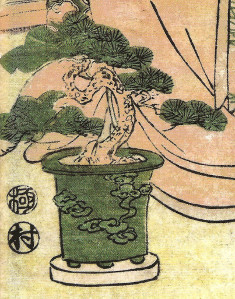
|
|
|
|
|
|
Compare with this photo from a century later. |
|
|
|
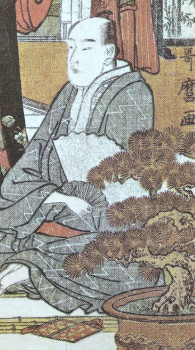
|
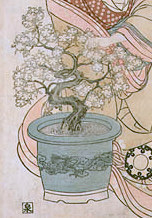
|
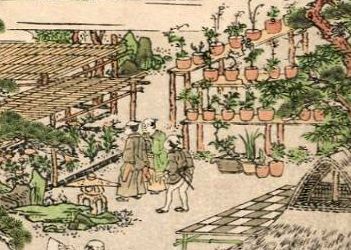
|
|
|
|
|
|
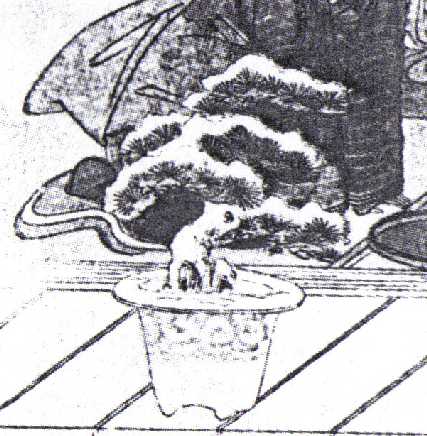
|
|
|
|
|
|
|
|
|
|
|
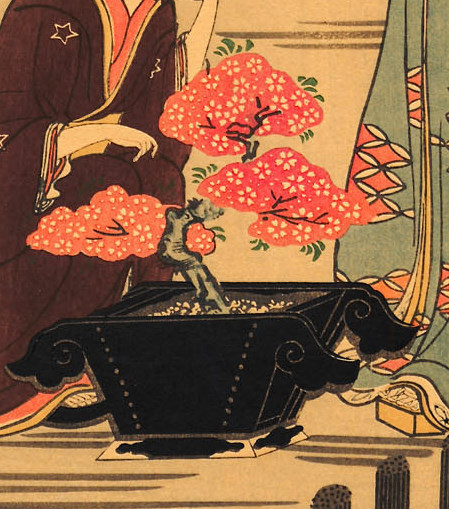
|
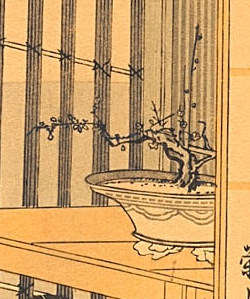
|
|
|
|